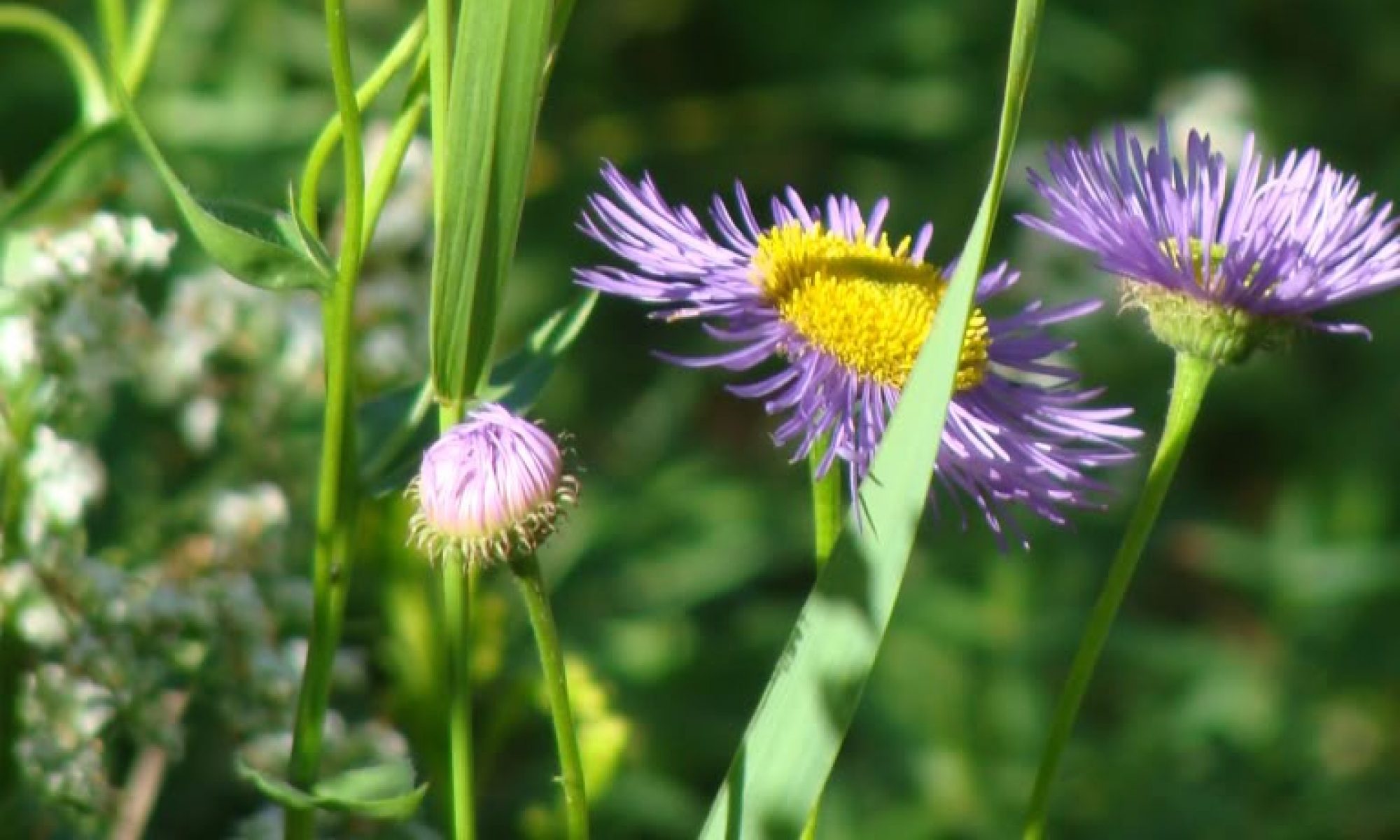We visited our cabin near Tonasket two weeks ago and I found this spectacular Mahonia aquifolia, our native “Oregon grape.” I think exposure to sun and cold result in these brilliant red plants.

This past weekend, I ventured to Happy Valley, Oregon, and took a walk to a small nature park with my best walking buddy, Brian. It was fun to see all the native plants maturing quickly in the warmer weather.






I wandered around my year-old native plant garden today and it looks pretty good. There are some glaring omissions–so far, no sign of the two Trillium ovatum starts that I purchased and the maidenhair fern (Asplenium pedatum). Several Dicentra formosa plants have come up, and I noticed the native ginger, Asarum caudatum, is pushing through the mulch of leaves and branches. The osoberry is finished blooming already, while the native hazel and serviceberry have yet to leaf out at all. The Oregon grape has not bloomed yet, but it has lots of blooms swelling. I’m not sure why it is so late. Most of the local ones bloomed a month or more ago. But I’ll take those brilliant yellow pollinator treats whenever they decide to pop. Here is how the ones in Happy Valley look.

I don’t see any seedlings in the strip I planted of annual and perennial seeds several weeks ago. I really hope some of them grow. My back-up plan will be to plant the Collomia grandiflora seedlings there–they continue to grow well. I can add the Aquilegia formosa seedlings, too, and some barestem biscuitroot seedlings, too.
The native garden isn’t pretty right now. It is awkward toiling in the gap between winter and spring and between being new and established. It may take years for it to mimic the grace and beauty of a natural landscape. I find much happiness and hope there, nonetheless. The native aster plants (Symphytotrichum subspicatum), set out from four-inch pots last April, are starting to spread madly. One has even poked its way through the brick retaining wall! I left all the old stems, hoping to attract native bees to them in the future. One of the native roses (likely R. nutkana) is sending rhizomes long distances toward the retaining wall, as well. I plant to pot up some of these starts, along with some from the nearby memory garden and give them to friends or neighbors.
